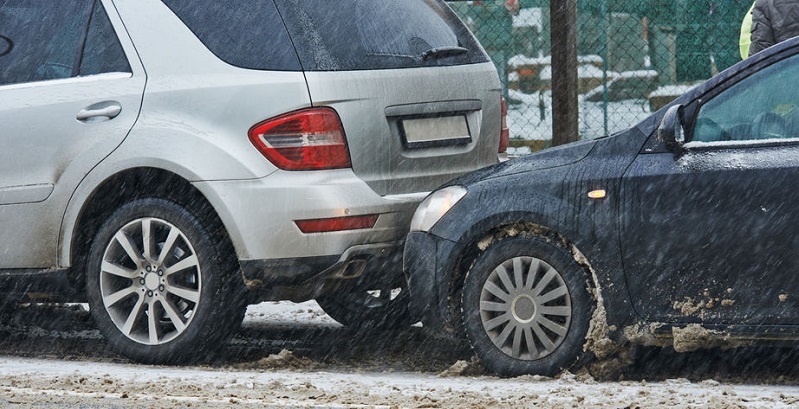Crash-avoidance systems reduce insurance claims by an impressive 50 percent in accidents where claimants crashed into the rear of another vehicle. But the systems need your help.
Less Effective in Some Car Accident Scenarios
The crash-avoidance systems in newer cars are helping to reduce auto accidents, and they have considerably reduced the number of insurance claims filed by their owners. But some argue that the systems could be doing an even better job.
A major safety laboratory has shown that cars equipped with the high-tech safety systems are more likely than cars without the systems to be involved in certain kinds of crashes.
The Insurance Institute for Highway Safety (IIHS), the organization known for its Top Safety Picks and Top Safety Picks Plus, has analyzed data from traffic accidents to find types of crashes where the drivers or their equipped or unequipped cars show up disproportionately.
IIHS concludes that autobraking systems are a big success when it comes to preventing the most typical accidents, ones where your car might otherwise have plowed into the vehicle right ahead of you. But it adds that the engineers developing the systems might increase their effectiveness by addressing the following kinds of wrecks:
- accidents in which your car hits heavy trucks, motorcycles, vehicles that are turning, and vehicles that are changing lanes;
- accidents on snowy or icy roads; and
- accidents in which vehicles are traveling at 70 mph or more.
Crash-avoidance systems have been engineered mainly to prevent crashes between passenger cars and trucks driving in a straight line on dry roads and at low speeds. In 2013, IIHS began rating the ability of vehicles to prevent front-to-rear crashes by simulating such crashes. Of the 2019 models it assessed, 66 percent of the systems earned superior ratings and nearly 8 percent earned advanced ratings.
What Safety Engineers Should Look Out For
The safety edge that automatic braking gives its drivers can also be measured by looking at insurance claims, as did IIHS and its sister organization, The Highway Loss Data Institute. Their research shows that the systems have reduced the number of damage claims by 13 percent. Claims pertaining to rear-end crashes have dropped 50 percent. But IIHS estimates that if improved, the systems could prevent up to 70 percent of front-to-rear crashes and up to 20 percent of all car accidents reported to police.
Researchers found the weak points in autobraking systems by looking at police accident reports from 23 states between 2009 and 2016 and by examining vehicle models in which autobrake systems were optional. Equipped vehicles were more likely than unequipped vehicles to get into the kinds of auto accidents bullet-pointed above. The differences were small, ranging from 3 to 5 percent, but still significant.
Jessica Cicchino, IIHS vice president for research and a co-author of the study, observes that no accident avoidance technology can prevent or ameliorate every kind of crash:
“Designers have rightly focused on the most common kinds of crashes. As automatic emergency braking matures, manufacturers are expanding functionality to account for collisions involving pedestrians and bicyclists, for example. At the same time, designers have to be mindful not to build insensitivities that would irk drivers or put them in potentially risky situations by intervening in situations in which the driver is in control of the vehicle.”
What Drivers Should Look Out For
The report does not ask why better-equipped cars seem to be more vulnerable than other cars to certain crashes. One possibility is that drivers with crash-avoidance systems become overconfident and so less careful. Perhaps having the systems causes changes in their driving styles. Or perhaps crash-prone drivers are simply more likely than habitually careful drivers to buy cars with automatic braking.
Some research suggests that drivers may not fully understand how their systems work. The American Automobile Association (AAA) points out that not all autobrake systems are the same. Only some are designed to bring an equipped vehicle to a full stop in the case of an imminent crash. Others can only slow the vehicle down and reduce the severity of a crash or, by warning the driver, give him time to avoid it.
In 2016, AAA surveyed drivers who were familiar with autobraking or crash-avoidance systems. Two thirds of respondents thought that the systems were built to do the whole job–i.e., avoid a crash without any help from the driver.
The mistake could be a costly one.

